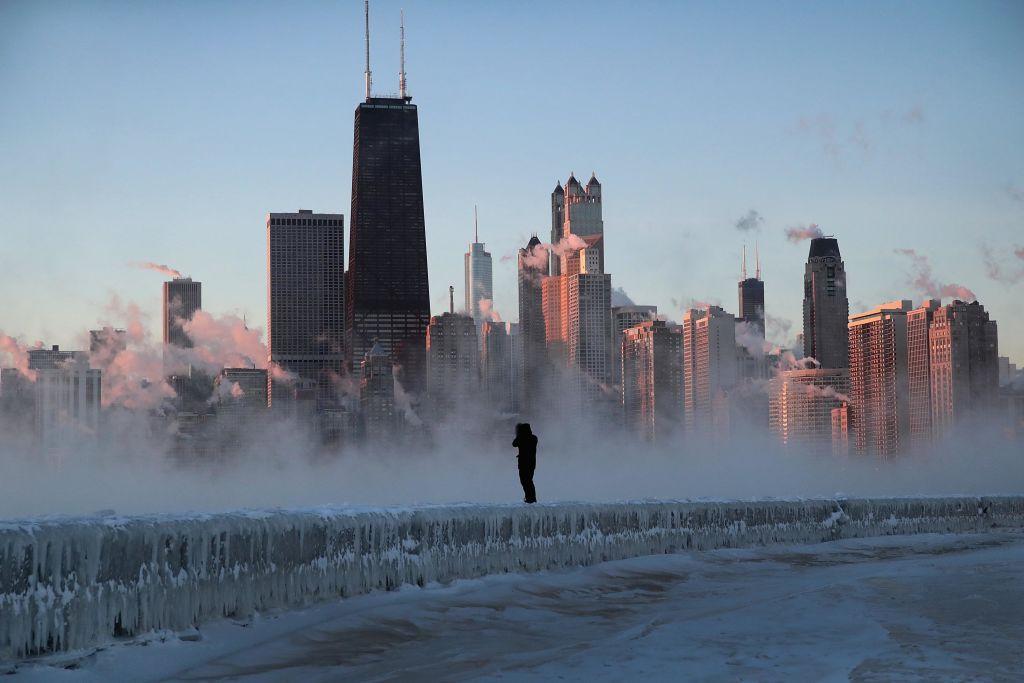Record-breaking blasts of Arctic air caused at least a dozen deaths in the U.S. Midwest as the cold spread eastward on Jan. 31 to the Northeast, leaving behind a trail of school closures, major travel disruptions, and the suspension of U.S. Postal Service deliveries in some areas.
Icy conditions, brutal winds, and temperatures as low as minus 30 degrees Fahrenheit rocked the Midwest. Higher temperatures expected this weekend offered little respite to those struggling with the sub-zero torment.





